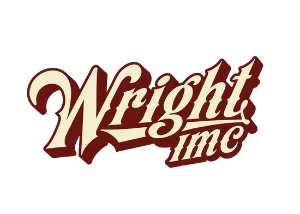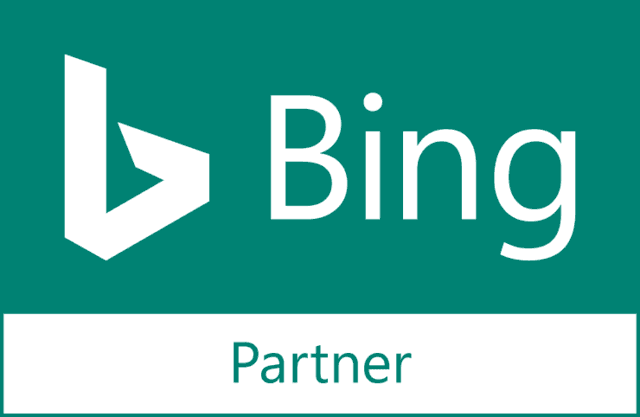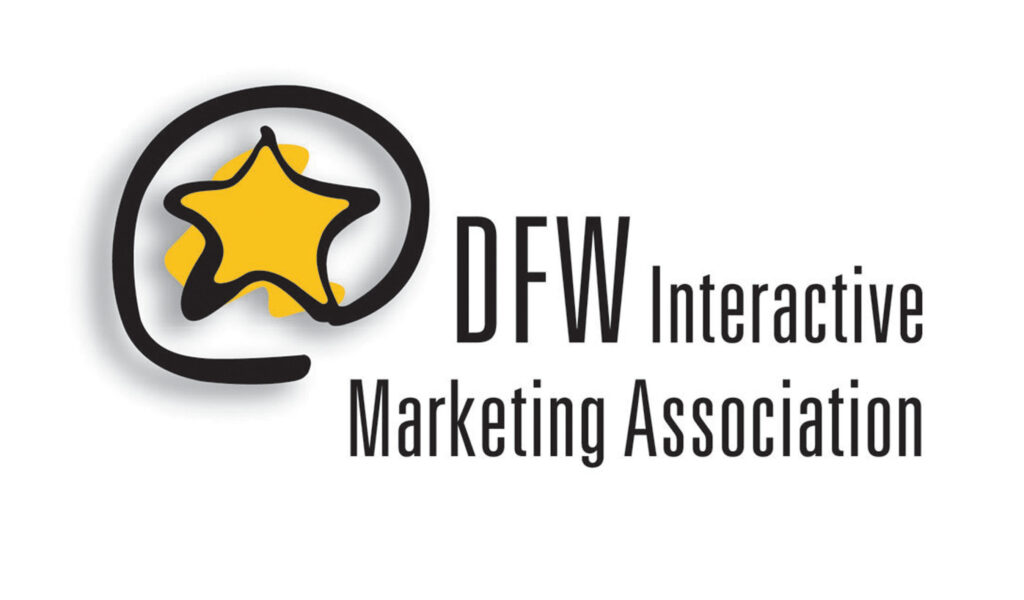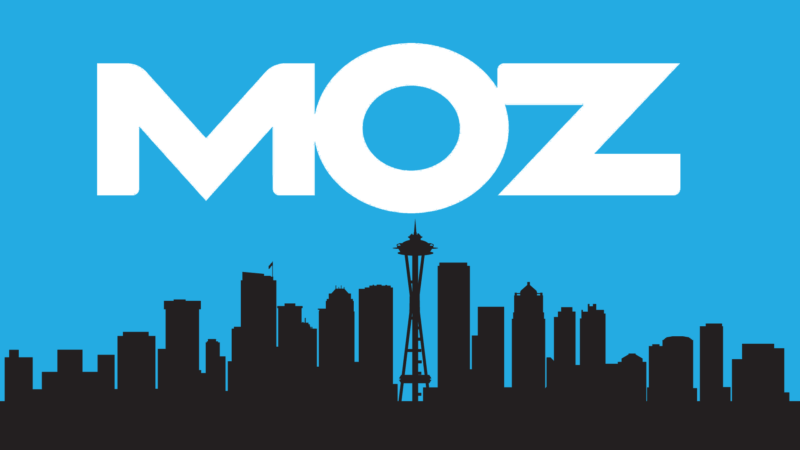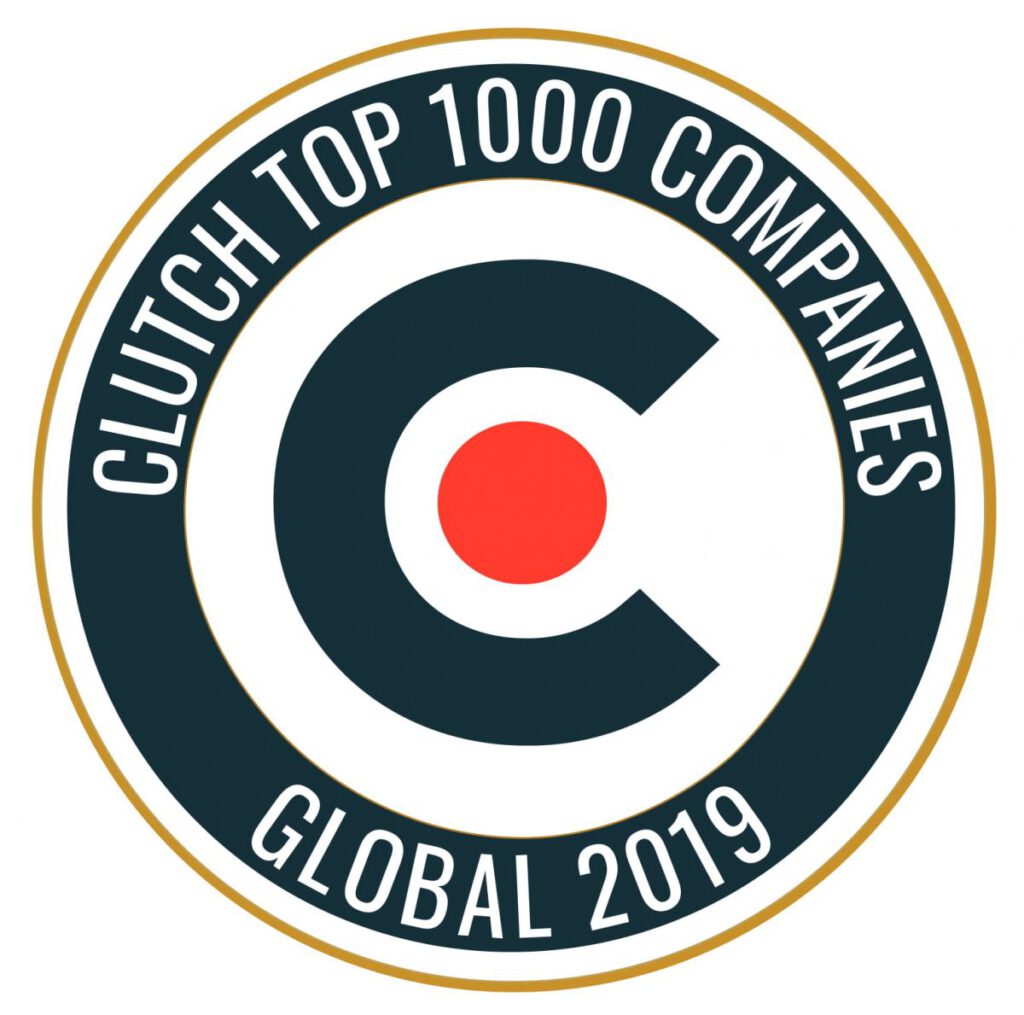We’re picking up right where we left off with part 2 of our coverage of Jeremy Palmer’s “Affiliate Playbook” session during the 2012 Affiliate Summit Central in Austin, Texas. In the first part, we addressed plays one through six of how to construct and execute your affiliate program. Steps seven through twelve are as follows:
7) Content Plays
As a marketer, when we think about content, we immediately think about how to optimize it. But, Google is now penalizing sites for over-optimization. Instead, optimize your site for your users, not for Google – Google isn’t buying your products or services. Headlines capture the reader’s attention, so make it good. Your internal link structure can play a big role in keeping visitors on your site.
8) Twitter Plays
Jeremy pointed out that it would be better to have one follower on Twitter that listens to him than a thousand that don’t. He also suggested getting a promoted account where you pay per follower (usually less than a dollar per follower). Rather than spending a significant amount of time to gain numerous followers, you can buy them. This is a way to get followers quickly and build your credibility. Once you have a good amount of followers, you can go back to getting them the old fashioned way. Plus, people tend to trust you based on the number of followers you have.
9) Facebook Plays
Some offers or products tend to do better on Facebook but you can’t generalize which ones. However, local businesses tend to do much better when advertising on Facebook compared to Google. When you interact with your visitors, it’s more beneficial to keep them in the Facebook experience instead of sending them to your site through a link. When people are there, they like to stay there, so interact with them on Facebook. There’s more value in having a Facebook subscriber than having someone who visits your site once and leaves. Give them a reason to “Like” your page. For example, you can run contests and promotions to engage readers.
10) Niche Community Plays
Getting involved in niche community sites is huge for building traffic and links to your site. Just like with general Q&A sites, use them to offer help, not spam. Actively participate, be helpful, and organically build links.
11) Link Building Plays
The list of what not to do is now longer than the list of what you should do to build links. Having organic, natural links is more important than ever with Google algorithm updates like Penguin. Be as organic as possible. The best way to build this type of link is guest posting. You should write content that is share-worthy in hopes that it will go viral.
Another great way to build links is to sponsor worthy causes. This tactic will build a ton of great PR and links. Of course, this is not a reason you should support worthy causes, but it is a side benefit.
You should also build relationships with people in the industry by going to events like Affiliate Summit.
12) SEO Plays
The biggest lesson in SEO is to not over-optimize your site. When you write, you should do it for your audience, not for the search engine. This kind of content is more likely to be shared anyway.
With the somewhat recent addition of Google Authorship, writing for your niche audience is more important than ever. With this update, the person that writes the article is weighted more heavily than the content itself and your Google+ profile photo will appear next to your site in the SERPs. You should put your URL on the bottom of your Google+ profile photo in case it shows up on other sites. If you don’t have a Google + profile, get one!
How do I brand myself on Google+ if I write about many different topics? You can’t be an expert in all the things, so don’t try to be. One option is to create separate Google+ personas for each niche site. Jeremy suggests against this option because it’s hard to build a following in many different niches. Instead, stick with a single persona and narrow your focus. Keep to a few niches and focus on these to build your followers. Pick your niche based on what you know and stick with that.
Special thanks to Jeremy Palmer (@jeremypalmer), President of Optimize My Site and Affiliate Summit. To review steps 1-6, follow this link.
